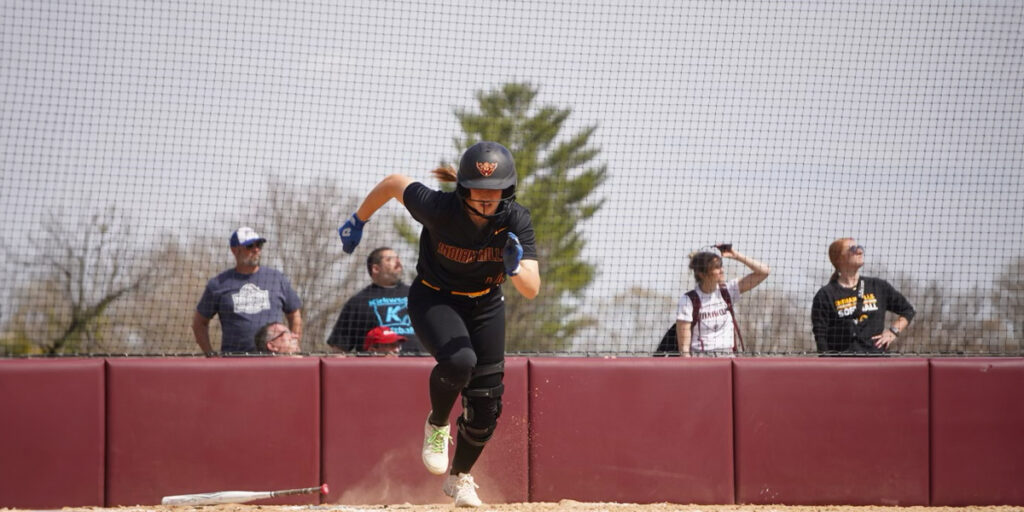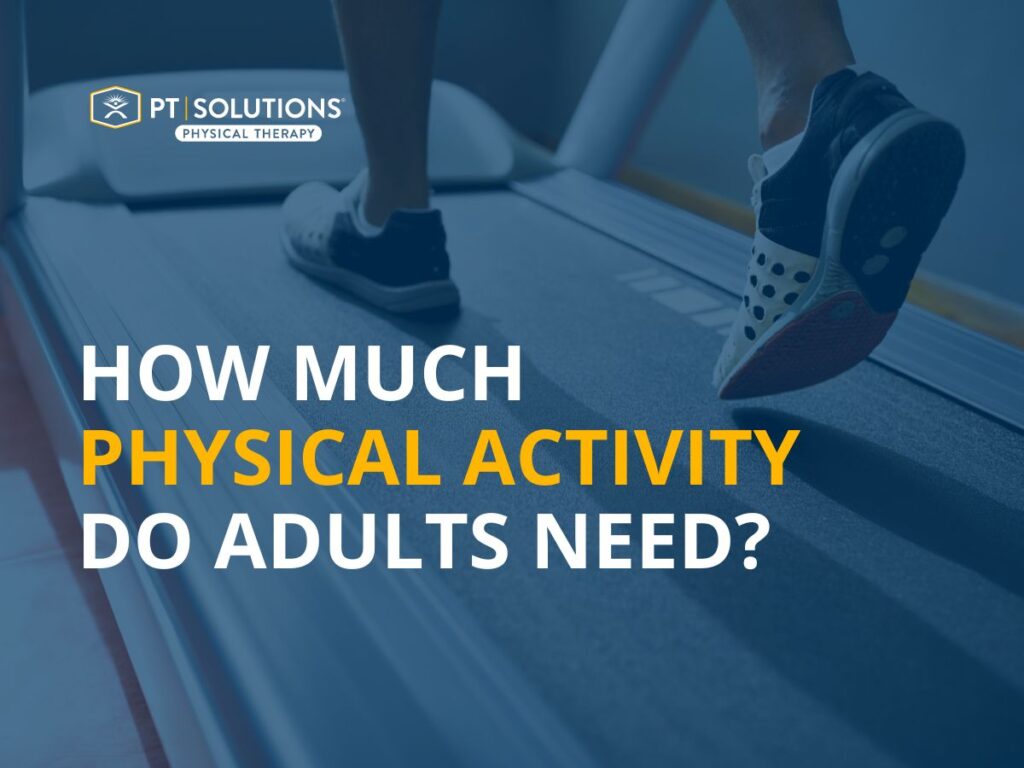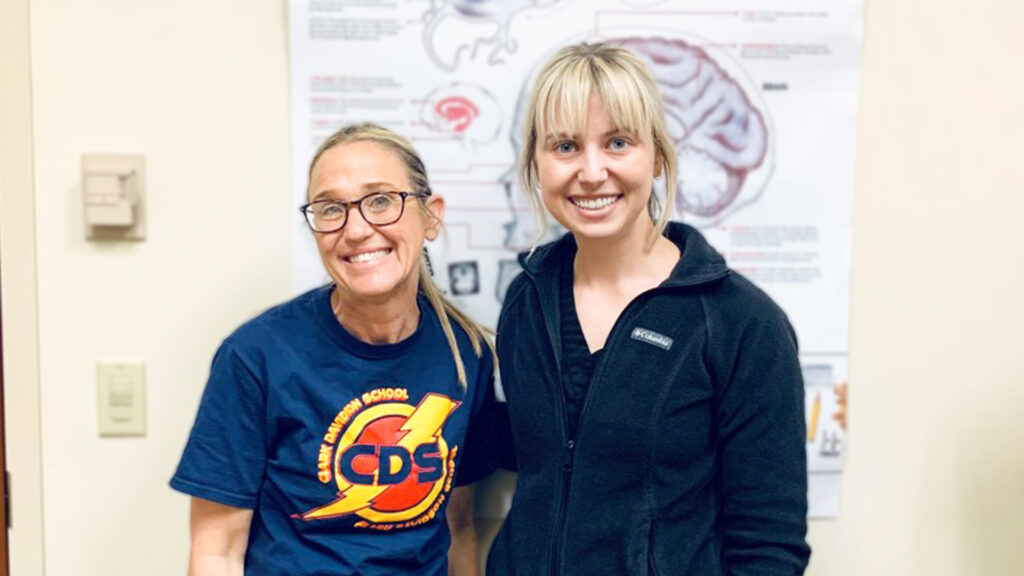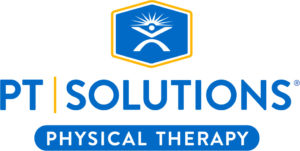PT Solutions
Understanding Patellar Tendinopathy
January 28, 2016

Knee injuries are one of the most prevalent injuries in the United States. While some injuries to the knee result from trauma and subsequent tearing of a ligament, others, including patellar tendinopathy, occur due to repetitive stress and degeneration.
Patellar tendinopathy, also known as “jumper’s knee”, is most frequently found among athletes who do a great deal of jumping, such as those who play basketball, volleyball, or certain track and field events. However, this injury is not exclusive to athletes. Many people will develop this condition as a result of wear and tear from general overuse.
Patellar tendinopathy develops when micro-tears occur in the tendon that connects the patella (kneecap) to the tibia (lower leg). This acute stage of the injury, referred to as a tendinitis, results in inflammation and ultimately weakening the tendon. If the problem is not addressed and continues for greater than 6 weeks, then it becomes a chronic condition, which is referred to as a tendinosis.
Symptoms of Patellar Tendinopathy
This is a painful condition that can make it difficult to walk, stand up, or put pressure on the knee. At first, the pain will typically only present when you are actively engaging in physical activity. It often worsens as time progresses, ultimately interfering with your ability to engage in not only exercise, but also daily activities such as gardening or shopping. If left untreated, the condition may intensify to a level making it difficult to climb stairs or stand up.
Treatment for Patellar Tendinopathy
While over-the-counter pain medications can be used to ease the pain of patellar tendinopathy, they do not address the cause of the symptoms. However, physical therapy can help decrease your pain, increase your strength and mobility, and ensure the cause of the problems are addressed.
The following physical therapy techniques are highly successful in reducing pain and inflammation from patellar tendinitis:
- Manual therapy for reduction of myofascial trigger points and improved neuromuscular activation
- Strengthening exercises for the low back, hips, and legs
- Functional movement training for proper technique of squatting, running, etc
Having a skilled physical therapist guide these treatments will improve your outcomes and quicken your recovery. A physical therapist has the knowledge and skill set necessary to determine your exact impairments and address them appropriately.
In severe cases, surgical intervention may be necessary. When this is the case, physical therapy is highly recommended post-surgically to ensure that the tendon is properly strengthened and re-injury does not occur. Working with a physical therapist can help strengthen the appropriate muscles and tendons while teaching you how to properly move to ensure the issues are addressed for good.
If you are suffering from knee pain of any kind, schedule an appointment with one of our physical therapists today or visit any of our South Carolina clinics to ensure your condition does not get worse.




